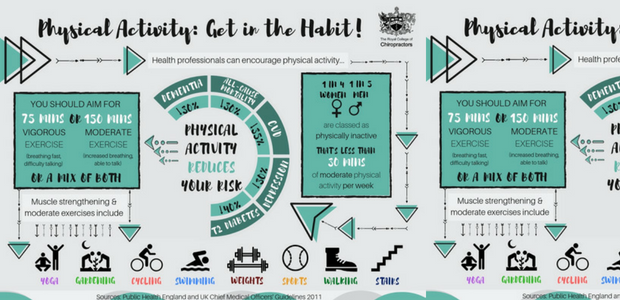Simply When You Assume Relief Is Near, Soft Tissue Treatment Discloses Its Awkward Facts-- Find Why The Procedure Can Be Agonizing Yet Useful
Simply When You Assume Relief Is Near, Soft Tissue Treatment Discloses Its Awkward Facts-- Find Why The Procedure Can Be Agonizing Yet Useful
Blog Article
Content Created By-Boysen Thuesen
When you undergo soft Tissue therapy, you may discover it surprisingly unpleasant. This pain arises as stress is applied to strained muscle mass and broken cells, causing your pain receptors. While it can really feel distressing in the moment, there's a reason behind this experience. Understanding what occurs in your body during these therapies can help you appreciate the process. So, what exactly is taking place below the surface area?
The Physiology of Discomfort During Soft Tissue Treatment
When you go through soft Tissue therapy, your body's reaction to pain is a complicated interplay of physical processes. As the specialist applies stress, your body activates pain receptors, sending out signals to your mind. This sets off the release of neurotransmitters, such as compound P and glutamate, which amplify the experience of discomfort.
Your muscle mass may also tense up in action, further making complex the experience. In addition, your body may release endorphins, all-natural pain relievers that can assist reduce some pain.
The communication in between these procedures can produce an one-of-a-kind experience for each and every person. Comprehending this physiological feedback helps you navigate the feelings during therapy, allowing you to appreciate the balance between pain and the possibility for healing advantages.
The Role of Pain in the Recovery Process
Although discomfort during soft Tissue therapy can really feel frustrating, it plays a vital role in the healing process. When you experience discomfort, your body is signifying that it's functioning to repair broken tissues. This reaction aids enhance blood circulation to the affected area, providing essential nutrients and oxygen needed for healing.
Additionally, pain can promote the release of endorphins, your body's natural medicines, producing a sense of relief post-treatment. Welcoming this pain can help you recognize your body's limits and urge you to attend to underlying concerns.
While it's uneasy currently, this procedure is important for lasting healing and boosted feature. Identifying drinking water after massage myth as a vital part of healing can empower you to remain dedicated to your therapy.
Tips for Taking Care Of Pain During and After Treatment
Handling pain during and after soft Tissue therapy can dramatically boost your total experience and recovery.
To start, interact openly with your specialist concerning your pain degrees; they can readjust strategies appropriately. Using deep breathing strategies can also help you relax and minimize pain.
Think about applying https://www.google.com/maps/place/Return+to+Play+Institute,+LLC+(Miami)/@25.726017,-80.26406,17z/data=!3m1!4b1!4m6!3m5!1s0x88d9b7b4207e8303:0xb1493a6e0d5a272b!8m2!3d25.726017!4d-80.26406!16s%2Fg%2F11lf8185yp?hl=en&entry=ttu&g_ep=EgoyMDI0MTAwOS4wIKXMDSoASAFQAw%3D%3D to the treated location post-session to decrease swelling and numb soreness. Staying hydrated help in the healing process, so consume plenty of water.
Gentle stretching and light movement after treatment can advertise blood flow and convenience tightness. Last but not least, guarantee you get appropriate remainder to allow your body to heal.
Executing these suggestions can make your soft Tissue treatment a lot more convenient and enjoyable.
Verdict
To conclude, while soft Tissue therapy can be awkward, it's vital to identify that this pain plays a vital duty in your recovery trip. By recognizing the physical responses at play, you can come close to the therapy with an extra positive mindset. Remember, the preliminary pain commonly paves the way to relief as your body launches endorphins. Embrace the process, and don't think twice to use the ideas for handling discomfort to improve your experience and healing.
